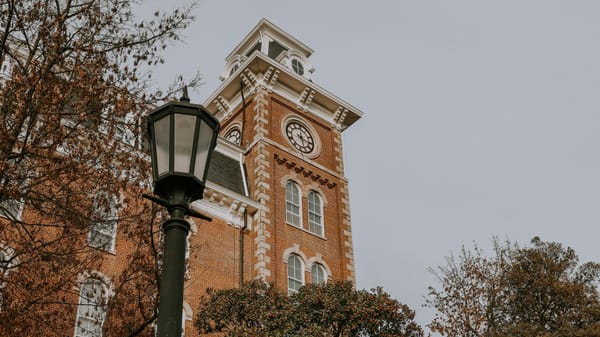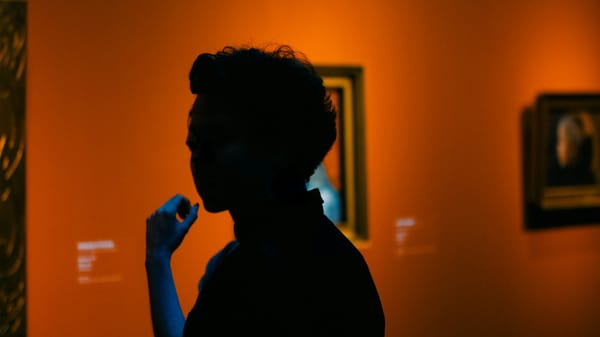How Museums Must Rethink Time to Stay Relevant in an AI World
As AI reshapes human time, museums must evolve from passive venues into vibrant community hubs that foster creativity, engagement, and belonging to stay relevant in the future.

As artificial intelligence promises to reshape how we work and live, museums face a challenge far greater than mastering new tech: redefining their role in a world where time itself is shifting. The promise of AI is not just smarter tools but a potential redistribution of human time—freeing us from many routine tasks and giving back precious hours. When that day comes, museums must be ready not merely to attract visitors but to become essential cultural anchors in people’s lives.
The traditional museum experience, focused on passive viewing and one-time attendance, will no longer suffice. If AI grants us, say, 40 percent more free time, how will society fill those hours? Will museums be a choice—or a destination? To thrive, museums need to shift from being places people visit to places people belong.
This means embracing creativity as a form of capital. Creativity must power museums not just as display spaces, but as engines for community engagement and social innovation. Museums already connect art, ideas, and people in unique ways—future success depends on making those connections deeper, more meaningful, and more accountable to community needs.
One critical step is moving from audience-building to community-building. Blockbuster shows that draw crowds are valuable, but lasting impact comes from fostering ongoing relationships rooted in shared values and collaboration. Programs that encourage dialogue, learning, and participation help transform visitors into active participants—people who return, contribute, and invest in the museum’s cultural ecosystem.
Museums must become “Giving Spaces”: places where visitors feel invited to engage, contribute, and co-create cultural meaning. This shift demands that institutions design experiences not just to be seen, but to be lived—highlighting how art connects us to each other and the world.
AI’s rise offers a rare chance to rethink museum time and space. It challenges institutions to move beyond exhibitions as events, toward becoming vital community hubs—cultural generators shaping how society spends its new-found “up-time.”
The road ahead won’t be easy. But museums that prepare now for this future will not only survive AI’s impact—they will become irreplaceable centers of creativity, connection, and culture in an evolving world. That’s a win for art, and for all of us.
ART Walkway News





